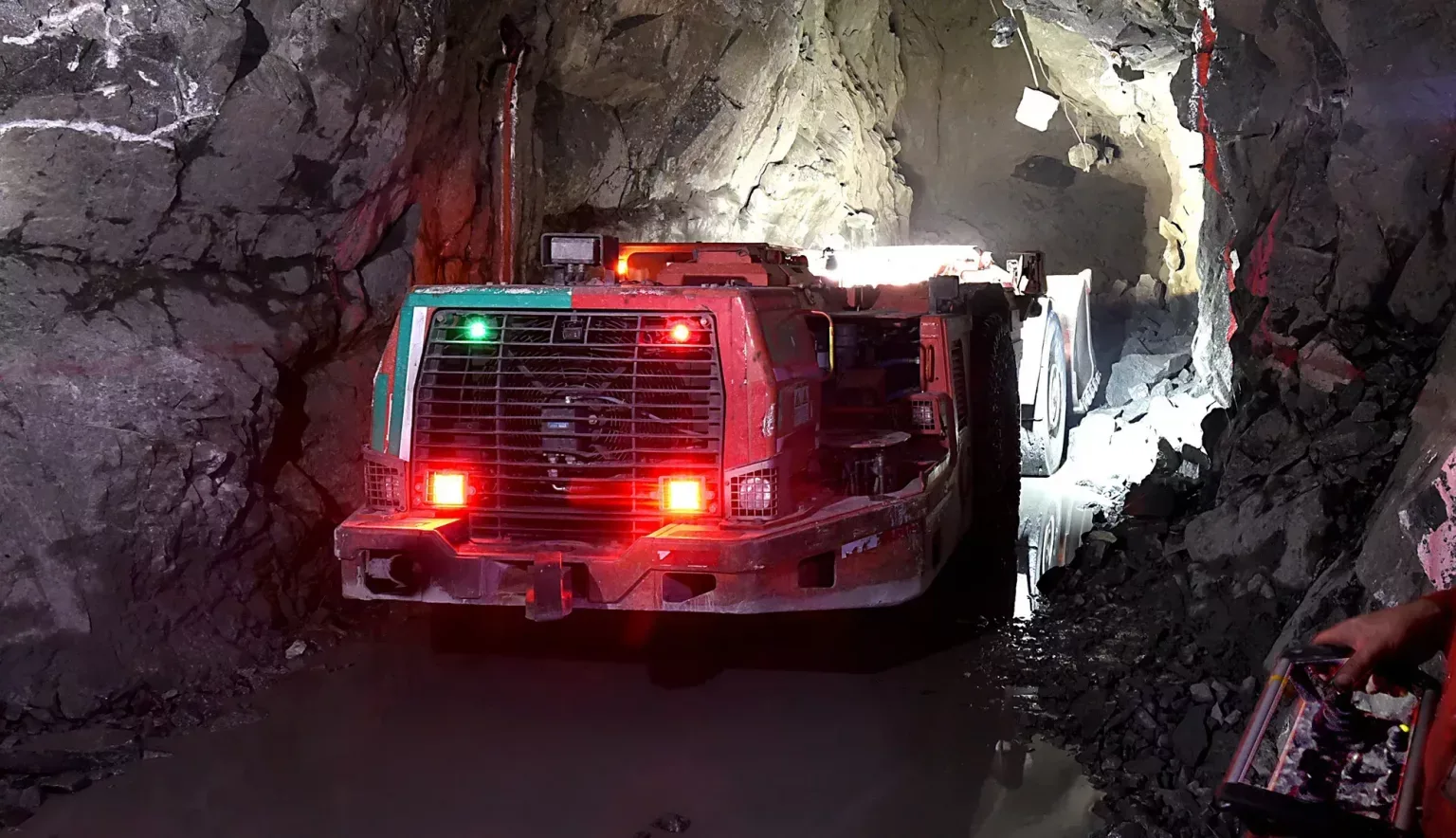After a challenging 2020, South African mining is slowly picking up. We spoke to Lawrence Schultz, Managing Director of Redpath Africa Limited, about the company’s projects and community-centric operations.
INTRODUCTION
The mining industry in South Africa has evolved over the last 40 years.
With a larger focus on the safety of employees and local communities, the mining sector is in the midst of revolutionising its operations for the betterment of the people involved.
However, at the same time as this, there have been various negative impacts that have affected the industry. The several economic downturns that have occurred over the last 50 years have caused challenges in the South African industry. Due to this, many mining companies have ceased their learner programmes, resulting in a decrease in skilled workers that has had a negative impact on the productivity of mining firms across the nation. In addition, labour costs in South Africa have increased significantly alongside this lack of increase in productivity. In light of this, mining companies have had to explore different avenues to improve productivity and reduce costs, and so there is a major drive towards the mechanisation of operations within the sector.
Although, there is one company that is focused on not only providing the best and most efficient results, but also making its operations uniquely people centric.
Back in 1962, a Canadian mining engineer named Jim Redpath decided to start his own company, and from then Redpath Mining was born. Over the decades the company has grown and expanded across the globe with regional offices in Reno (USA), Dortmund (Germany), Johannesburg (South Africa), Brisbane (Australia), and North Bay (Canada) with the latter including the company’s headquarters. The company currently employs around 7,700 employees globally and is undertaking approximately 105 projects across 16 different countries.
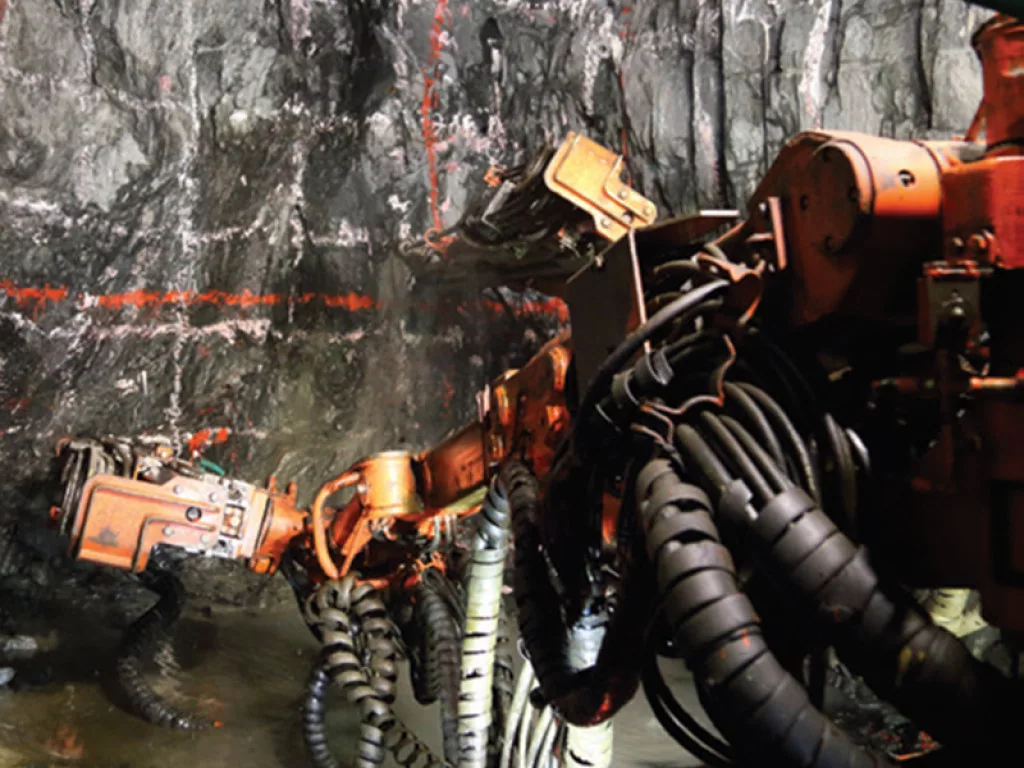
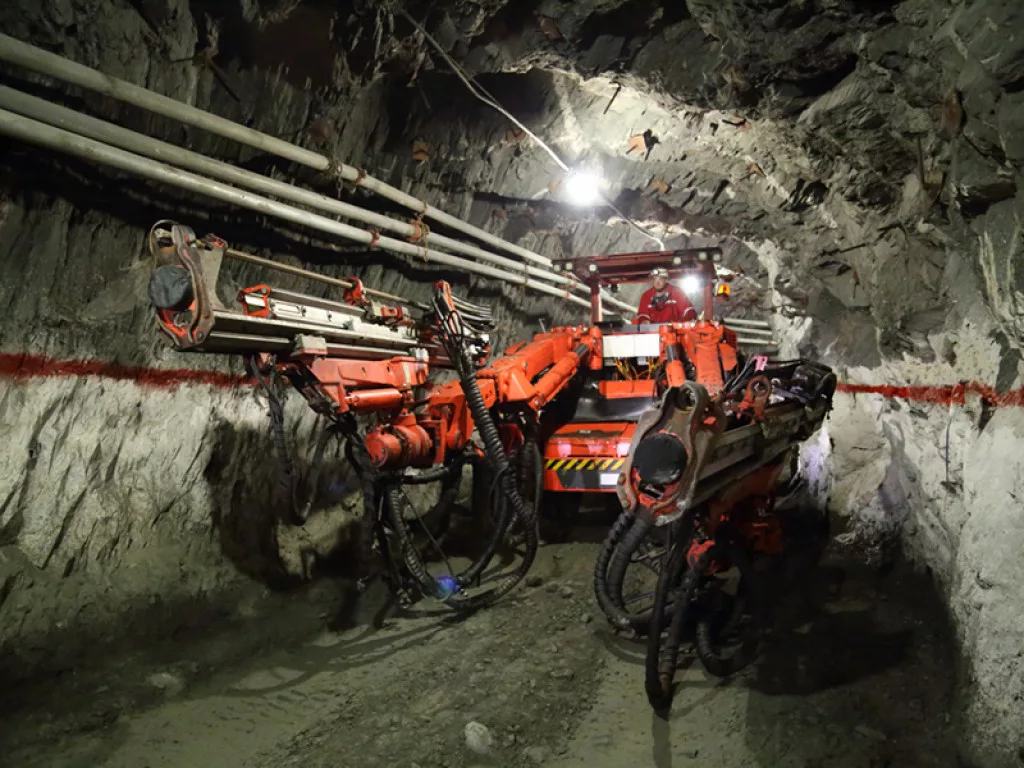
The firm offers global contract mining services including trackless horizontal development, trackless decline and incline development, vertical shaft sinking, raise drilling, engineering design, contract mining and specialised services, such as shotcrete, and regional and high wall support.
Redpath Africa Limited is a key player in the pan-African mining sphere with its primary office in Johannesburg, South Africa. Lawrence Schultz, Managing Director of the company, has been working for Redpath for a total of over 16 years.
“After I left school in 1976, I was drafted into the South African military for two years,” Schultz begins.
“The most part of my two-year spell was spent up in the Caprivi Strip (the border between Namibia, Angola, Zambia and Zimbabwe). I was earning 17 rand per month, and one Sunday I opened a paper; the centre page had an advertisement from Anglovaal to become a Mining Learner Official. The headline said, “Earn while you Learn” and an amount of 365 rand was shown.
“I decided there and then that I would apply at Anglovaal after my discharge from the military. I was accepted and my career in mining commenced in January 1979.”
In the present, Schultz has held his position as Managing Director proudly for over three years.
Redpath Africa Limited sets itself apart from its industry competition through its excellent quality of service, shown by its projects, and inclusivity of employees.
“At Redpath you are a family member, not just an employee,” says Schultz.
“The firm offers exciting opportunities to motivated individuals to expand their experience globally. We have many South Africans working abroad for Redpath, and likewise several Australian and Canadian employees working in Africa and Europe. Redpath pools experiences from different projects across the globe – we are always considering new innovative ways to improve safety and productivity.”
The utilisation of these diverse and innovative methods of operation is reflected in the company’s various projects.
Redpath’s Ghaghoo Sand Tunnel in Botswana for example, constructed for the mining of gem diamonds from 2011 to 2013, comprised the excavating a 6.1 metre diameter circular tunnel 430 metres in length from the surface down to the basalt rock sub-outcrop. This was constructed through a vertical depth of 85 metres of Kalahari sand with a UCS (Universal Compressive Strength) of one mile-per-hour.
“The tunnel was line excavated using an open-faced tunnel shield at the same time as concrete sections being installed to maintain the integrity of the tunnel,” Schultz informs us. “The project was something that has never been achieved before.”
Redpath’s Mindola Deeps Vertical Shaft in Zambia 2013 to 2020, in association with Mopani Copper Plc. a subsidiary of Glencore is another example of the company’s quality level of project completion. The project comprised of raise boring a 6.1 metre diameter vertical shaft 1,986 metres deep. This was completed in four separate lifts of approximately 500 metres per lift, and the shaft was equipped with a total of five underground access stations.
“This was the longest raise bore shaft in the world to date,” Schultz tells us proudly.
“In addition, the accuracy of our raise drilling was well below the tolerance of 150 millimetres, with the best performance being 25 millimetres off the vertical and the worst performance of 62 millimetres off the vertical.”
In the mining industry, individual employees, management teams, and partners and suppliers are vital to smooth and successful operations. For Redpath Mining Africa, this is no different.
“Redpath has some global agreements with major suppliers of trackless mobile machinery (TMM). Each region will engage suppliers for the requirements of their various projects – this is critical to our various projects,” Schultz informs us.
“We are often dependant on what manufacturer our client wants and again availability from the different suppliers.”
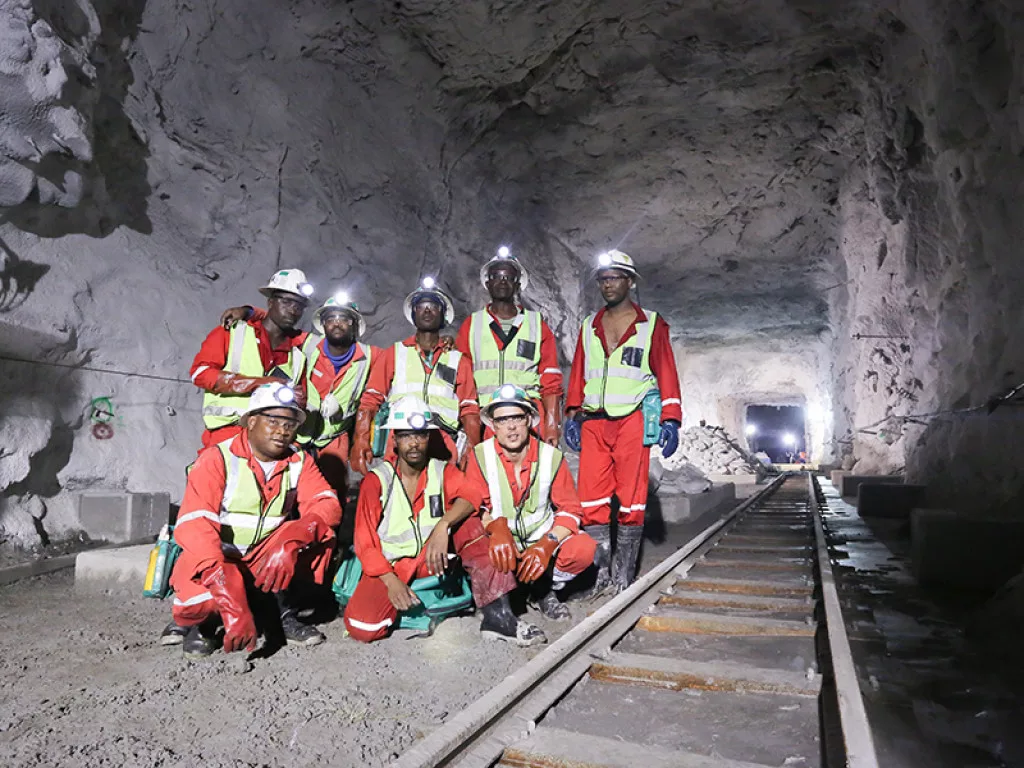
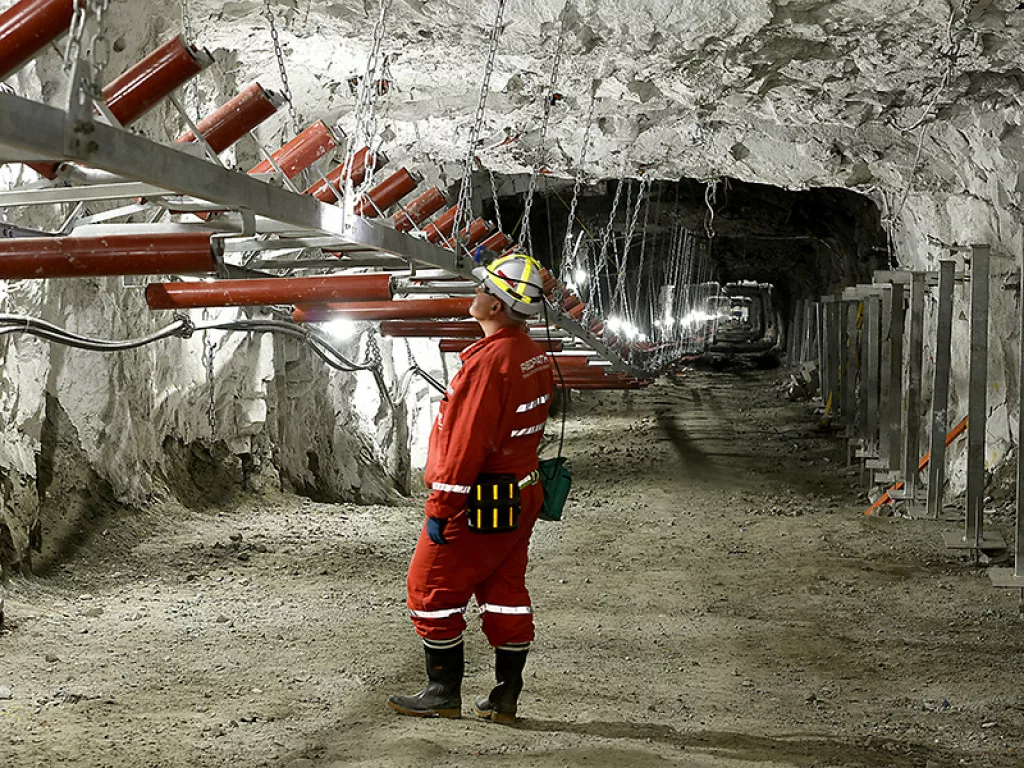
On top of this, the company has a management style that allows employees to continue with their jobs without interference and control. This lack of micromanagement increases Redpath’s productivity and employee recognition within the firm.
“We employ the best people in the industry and give recognition when it is due. In this way everyone is responsible for their own standard of work,” Schultz elaborates.
“Successes are rewarded, and failures are assessed to determine the root causes for each individual failure, to implement measures to prevent reoccurrences of these causes.”
Moving into the future and away from a challenging period, Redpath Mining Africa is focusing on building the business back to a pre-COVID state. The maintenance of safety performance is paramount and ensuring that each company project delivers positive financial results is a staple goal for Redpath.
“Another objective is to actively consolidate new project work all across Africa,” Schultz confirms.
“And strengthening our current collaboration with Redpath Australia through client introduction to our strategy is also important. In doing so, we will improve our current South African performance through the engagement and skills shared by our Australian counterparts, improving aspects such as mining support and planning methods.”



